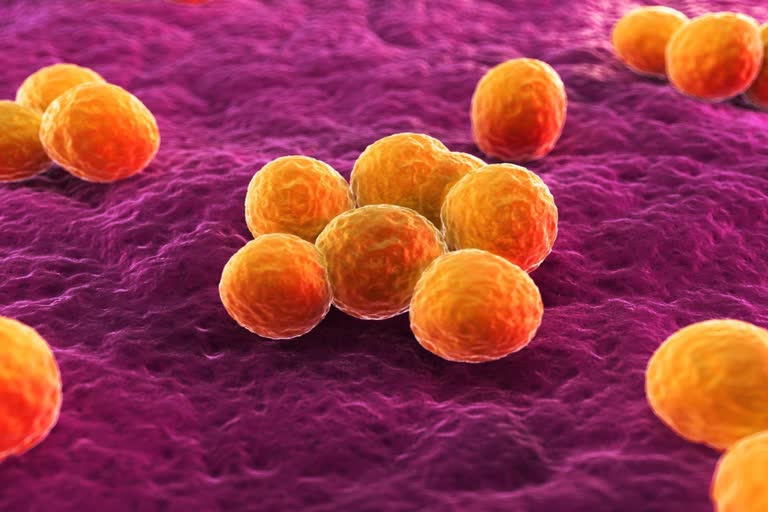Copenhagen [Denmark]: In most wound cases, the bacteria responsible for the wound is Staphylococcus aureus. It will pass without treatment, while severe cases may require antibiotics, which kill the bacteria. This is the case for the majority of the population. In fact, many of us - though we feel perfectly fine - carry staphylococci in the nose, a good, moist environment in which the bacteria thrive.
However, more and more staphylococci are becoming resistant to antibiotics (also known as multi-resistant staphylococcus aureus or MRSA), and these infections can be difficult to treat. "Antibiotic resistance is an increasing problem, especially on a global scale. And when you have this relatively simple infection which suddenly cannot be treated with antibiotics, the situation can turn serious, sometimes life-threatening," says Professor Niels Odum from the LEO Foundation Skin Immunology Research Centre at the University of Copenhagen.
Therefore, all over the world, a lot of resources are being invested in fighting antibiotic resistance in staphylococcus aureus infections, and a new study among skin lymphoma patients has produced positive results. A new substance called endolysins has proven capable of killing both resistant and non-resistant staphylococcus aureus - without the need for antibiotics. But we will get back to that. The discovery is good news to patients with a weak immune system to whom a staphylococcus aureus infection can be serious and, at worst, fatal. But it also adds to the knowledge we have of other forms of treatment.
"To people who are severely ill with e.g. skin lymphoma, staphylococci can be a huge, sometimes insoluble problem, as many are infected with a type of staphylococcus aureus that is resistant to antibiotics," says Niels Odum and adds: "That is why we are careful not to give antibiotics to everyone because we do not want to have to deal with more resistant bacteria. Therefore, it is important that we find new ways of treating - and not the least to preventing - these infections."
